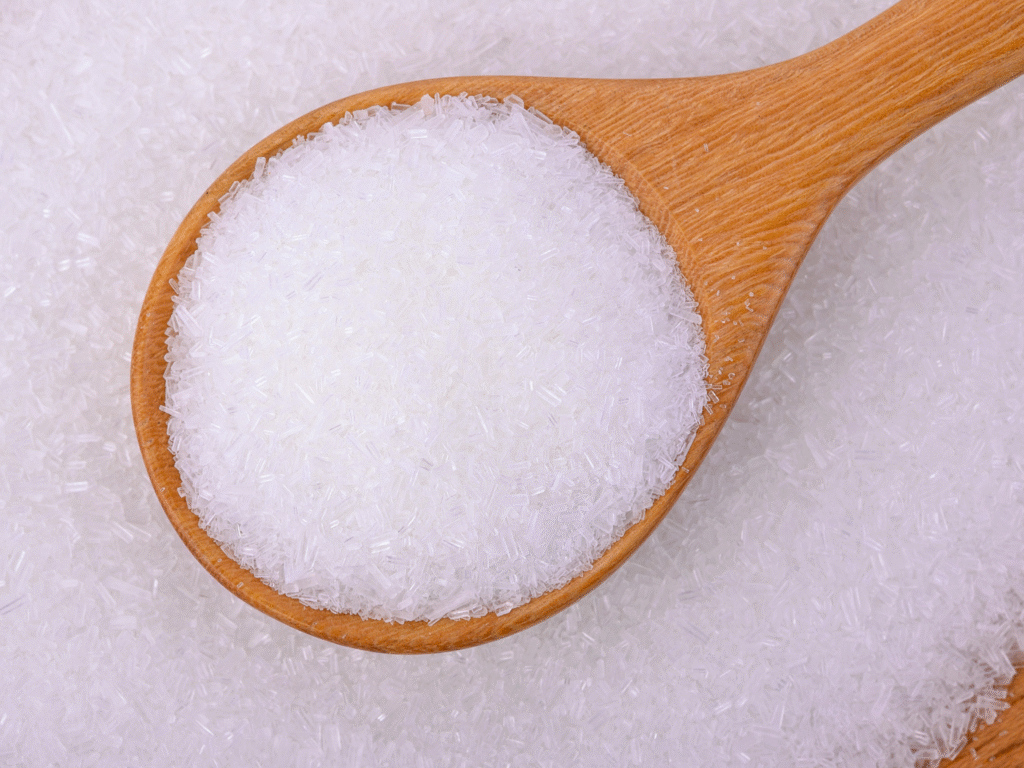Flavor enhancers and flavor maskers are commonly used in food and beverage industries to improve the taste and overall experience of products. Although they might seem alike at first glance, flavor enhancers and flavor maskers serve distinct and separate purposes. Understanding their roles is essential for product developers, consumers, and companies like M&U International that specialize in high-quality flavor solutions.

What Is a Flavor Enhancer?
A flavor enhancer is an ingredient added to a food product to intensify or improve its existing taste. It doesn’t add a new flavor but makes the natural flavor more noticeable and enjoyable.
Common Features of Flavor Enhancers:
- Amplify existing flavors rather than add new ones.
- Often used in small amounts to maintain balance.
- Can make low-sodium or low-fat foods more palatable.
- Frequently used examples include monosodium glutamate (MSG), inosinate, and guanylate.
Direct answer:
Flavor enhancers improve the intensity of existing flavors in food, making them taste better without adding new flavors.
What Is a Flavor Masker?
A flavor masker, on the other hand, is used to block or neutralize undesirable tastes. These might include bitterness, metallic aftertastes, or unpleasant flavors that come from added nutrients or preservatives.
Common Features of Flavor Maskers:
- Suppress off-notes like bitterness or sourness.
- Often used in functional foods, supplements, and pharmaceuticals.
- Can allow formulators to include healthy ingredients (like proteins or vitamins) without compromising taste.
- Typical ingredients include vanillin, sweeteners, or specialized masking compounds.
Flavor maskers are used to reduce or eliminate unwanted tastes, helping to improve the flavor profile of products that contain bitter or metallic ingredients.
Key Differences Between Flavor Enhancers and Flavor Maskers
| Feature | Flavor Enhancers | Flavor Maskers |
| Primary Function | Boost existing good flavors | Hide or neutralize unpleasant flavors |
| Usage Scenario | Enhance taste in soups, snacks, and sauces | Mask bitterness in supplements, vitamins, or medicines |
| Effect on Taste | Makes flavors more intense and enjoyable | Makes unpleasant tastes less noticeable |
| Target Market | General food and beverage consumers | Health, pharmaceutical, and sports nutrition markets |
| Examples | MSG, yeast extract, amino acids | Vanillin, stevia, custom masking blends |
Why This Matters in Product Development
For companies like M&U International, which provide tailored solutions for taste improvement, understanding when to use a flavor enhancer versus a flavor masker is critical to meeting consumer expectations.
Imagine launching a protein bar. The protein source may have a strong, bitter flavor. A flavor masker can help hide that bitterness. But to make the chocolate or vanilla flavor pop, a flavor enhancer might be used. In many cases, both are combined for the best result.

Real-World Examples from M&U International
At M&U International, product developers focus on precision taste design. Whether you’re reformulating for clean labels or creating a functional drink, their expertise lies in selecting the right balance of flavor enhancers and flavor maskers to achieve taste excellence.
Some real-world applications include:
- Plant-based proteins: Mask earthy or bitter notes while enhancing savory profiles.
- Nutritional beverages: Mask metallic or vitamin aftertastes, while amplifying fruit or vanilla flavors.
- Low-sugar products: Use enhancers to boost perceived sweetness and mask off-flavors from sugar substitutes.
When to Use Flavor Enhancers vs Flavor Maskers
Use Flavor Enhancers When:
- You want to elevate the core taste of the product.
- You’re reducing salt, fat, or sugar and need to compensate for taste loss.
- You’re working with savory or umami-driven profiles.
Use Flavor Maskers When:
- Your product includes ingredients with strong or undesirable notes.
- You’re formulating nutritional, pharmaceutical, or fortified foods.
- You need to improve taste without altering the product’s identity.
Using Flavor Enhancers and Flavor Maskers
While both flavor enhancers and flavor maskers are tools for improving food and beverage experiences, they serve distinct purposes. Companies like M&U International help brands determine which approach or combination of both will yield the best flavor outcome.
Understanding the difference between flavor enhancers and flavor maskers is essential for food scientists, formulators, and brands focused on consumer satisfaction. With expert partners and the right ingredients, better-tasting products are just a formulation away.
